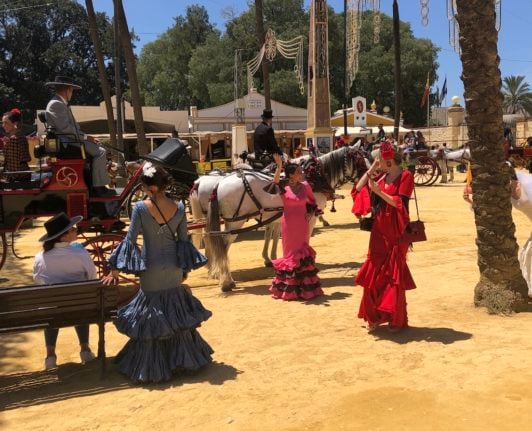This is in contradiction to what was previously said by the Spanish government and contrary to what will be allowed in other regions over the holiday period.
The new rule was announced by the Junta of Andalusia, who said that they will only allow family gatherings over the festive period.
Andalusia said that the Christmas period will run from December 23d to January 6th and that only ten family members will be allowed to gather together, including children.
The move comes after the Spanish government said that people would be allowed to cross regional borders to visit family or close friends, which they called ‘allegados’.
Read Also: Spain approves coronavirus plan for Christmas
However, Andalusia's president Juanma Moreno said that the word ‘allegados’ was “too ambiguous” and that it could lead to catastrophic consequences in the spread of the virus.
He went on to say that meeting friends would likely bring about a third wave of the coronavirus, something that the government is desperate to avoid.
Health minister Salvador Illa had previously said that people who have a special emotional bond, but were not family were also allowed to meet for Christmas.
However Minister of Health and Families Jesús Aguirre disagreed with this at a press conference in Córdoba on December 5th, saying “we do not share the same concept of ‘allegados’ as Minister Illa” and “we will only approve family reunification”.
Read Also: What changes about life in Spain in December?
These sentiments were echoed yesterday, December 7th by Murcia's regional president Fernando López, who also said that the term ‘allegados’ was too loose and “imprecise” and that “errors could occur when trying to interpret the word”.
“We will maintain the border closure of the region of Murcia until after Christmas,with the exception of allowing in relatives, and only relatives, to meet with their families,” he said at the press conference.
López also indicated that the limit on gatherings would be extended to ten people for December 24th and 25th, as well as December 31st and January 1st. “If the situation allows for it, later we will include the Eve of Three Kings’ Day and Three Kings’ Day,” he added.







 Please whitelist us to continue reading.
Please whitelist us to continue reading.
Member comments